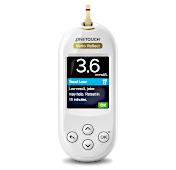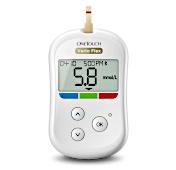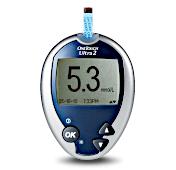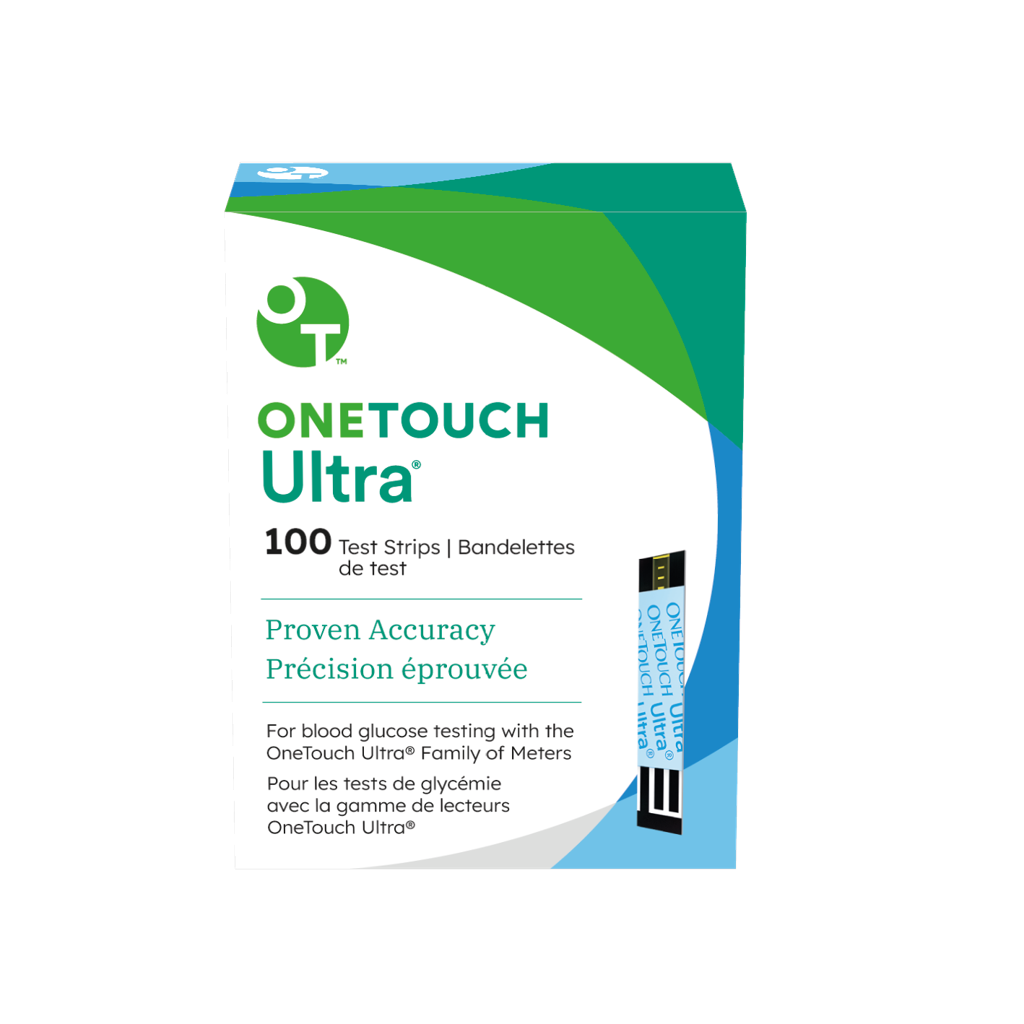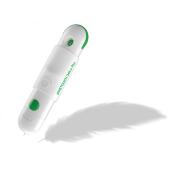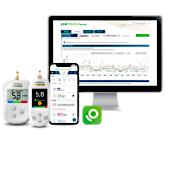Glucose Testing: The ABCs of A1Cs
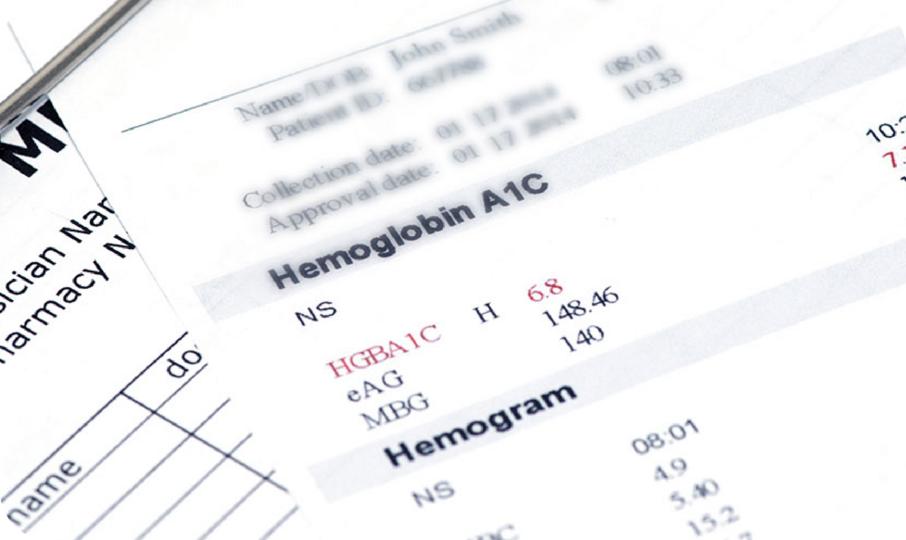
Learn about A1Cs and how blood glucose checks can help keep you within range – so you can feel at your best.
Your healthcare professional has probably used a 3-letter word with you: A1C. This small term represents a large part of how well you are managing your diabetes. Below is a blood glucose checking guide to help you get a better sense of what your results mean.
What your A1C test tells you
The A1C (hemoglobin A1C) is a blood test done in a lab that shows your average blood glucose level over the past two to three months. In your bloodstream, glucose that isn’t used up attaches to a protein called hemoglobin in your red blood cells. The A1C test measures how much glucose is stuck to hemoglobin. Red blood cells live in our bodies for about three months – that’s why the A1C is able to show you how much glucose, on average, has been in your blood for that long.
Think of glucose checking with your meter as an immediate snapshot of your blood glucose – and the A1C as the bigger picture. Together, they give you a more complete picture. That’s why it’s important to have your A1C tested every three months.
Diabetes Canada recommends an A1C target of less than 7%.1 Talk to your healthcare professional about what “target range” you should strive to be in.
What your A1C test can’t tell you
One thing the A1C can’t reveal is if your blood glucose is within range at a given time; but, “smart” blood glucose checking with your meter can.
This includes:
- Checking around events that can affect your blood glucose the most: meals, exercise, medication and stress.
- As a next step, watch your glucose to see if it is too high or low at certain times, and take action to keep it in the range as recommended by your healthcare professional (Tip: try to understand if it changes based on whether you are eating or exercising differently).
Checking at the right times and taking action to keep your blood glucose within range as much as possible can help you stay healthy and feeling your best.
How is your glucose management?
If your A1C result is greater than 7% it may be time to change the way you check and manage your blood glucose levels. Set up an appointment with your healthcare professional to talk about ways to get where you need to be. If you have questions, writing them ahead of time can help guide your conversation and ensure you make the most out of your appointment.
Reference:
1 Berard L, Siemens R, Woo V. Diabetes Canada 2018 Clinical Practice Guidelines for the Prevention and Management of Diabetes in Canada: Monitoring Glycemic Control. Can J Diabetes 2018;42(Suppl 1):S47-S53.
Related articles
CA-OTB-2100009

